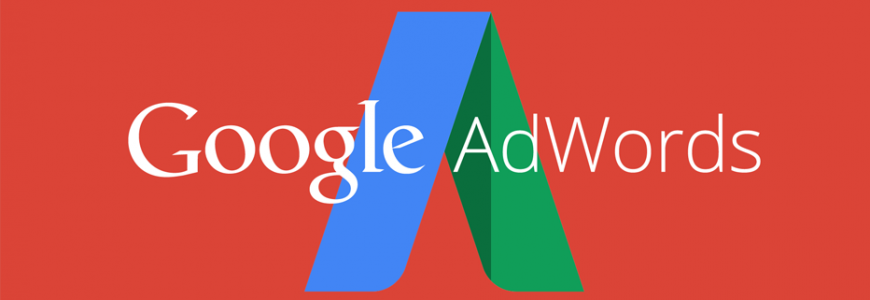Google has been offering paid advertising—known as AdWords—for over 15 years. In that time, the format for these ads has stayed relatively the same: a 25-character headline followed by two, 35-character description lines.
So when Google started rolling out “Expanded Text Ads” in mid-July, the online advertising world was quite surprised.
What Do Google’s Expanded Text Ads Look Like?
As you probably guessed from their name, Expanded Text Ads (ETAs) are an expanded version of the traditional ads you’re used to. They contain:
- Two 30-character headlines
- One 80-character description line
What’s the benefit of an ETA? According to Erin Sagin’s article on WordStream, it’s simply more effective than the traditional ad format:
The ETA is basically the standard ad on steroids. It’s so huge that it automatically demands more attention than the standard ad, plus its messaging is more informative and more compelling. Who wouldn’t be drawn to the ETA?
Who Can Use Google’s Expanded Text Ads?
ETAs are available to all AdWords accounts.
Right now, they still exist simultaneously with traditional ads, so advertisers can choose whether or not they want to test out the expanded version. However, you can expect Google to phase out those traditional ads sooner than later. (Many experts are predicting this will happen by the end of 2016.)
What does this mean for advertisers and small business owners who do their own advertising? It means you would be wise to take the time now to experiment with ETAs and become familiar with them before Google forces you to switch entirely.
Want to learn more? For an in-depth discussion and examples of ETAs, read Sagin’s full article, “3 Reasons to Drop Everything & Build Expanded Text Ads NOW.”



